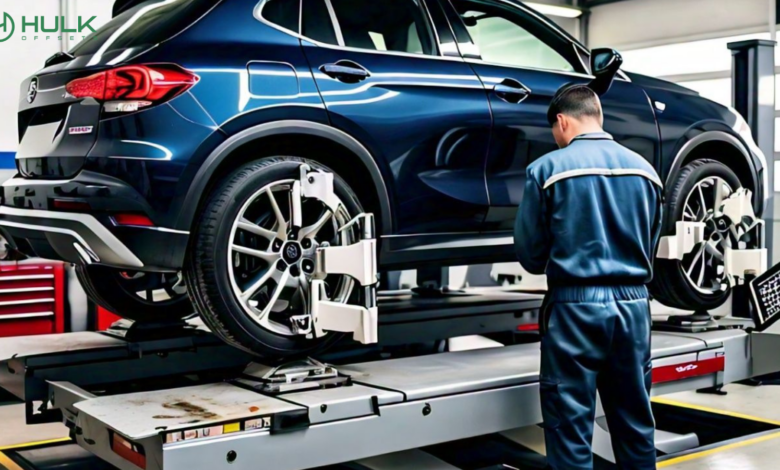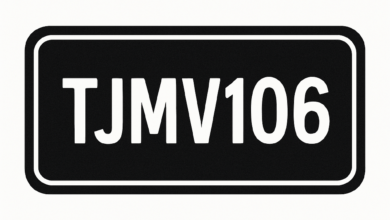How to Measure Your Wheel Offset Accurately – DIY Wheel

Introduction
Customizing the wheels on your car depends on knowing the idea of wheel offset. It influences not just appearance but also your car’s performance. Offset Wheel is the distance separating the centerline of the wheel from its mounting surface. Correcting this measurement guarantees that your wheels fit exactly without rubbing against the suspension components or the fender, thus improving the appearance and road handling performance of your car.
Understanding Wheel Offset
Although it seems like a little detail, wheel offset greatly affects the appearance and performance of your car. A wheel’s offset, then, is the distance between its hub mounting surface to the wheel’s centerline. One can quantify this either zero, positive, or negative:
- Positive offset:The wheel centerline’s mounting surface runs frontward—that is, street side. Most front-wheel-drive vehicles feature this kind of offset.
- Negative offset: Common in many off-road and performance cars to enable deeper rim depth, negative offset: The mounting surface points rear (brake side) of the wheel centerline.
- Zero offset: The mounting surface exactly runs along the centerline.
Knowing these variations helps you to position the tires on your automobile, therefore affecting handling, tire wear, and even the stress on the suspension components of your car.
Tools Needed to Measure Wheel Offset
You will need some particular instruments to precisely gauge the wheel offset:
- Measuring tape: For fundamental wheel diameter and breadth measurements.
- Caliper: To exactly gauge lesser distances, say the distance from the mounting surface to the wheel’s actual center.
- Straight edge: To span the rim diameter for a precise centerline read.
Every instrument is essential in making sure your measurements are exact. Particularly important for precisely identifying minor but important distances a tape measure cannot adequately record is the caliper.
Preparing Your Wheel for Measurement
Correct measurement of the offset of your wheel depends on proper preparation. Take the wheel off of your car, if at all possible. This helps one measure and clean more easily. Remove any dirt or dust from the wheel with a mild cleanser; trash can skew your measurements. Once clean, set the wheel face up on a level surface. Make sure it is steady and won’t move as you measure.
Measuring the Wheel Offset
The following guides will help you obtain the required measurements:
- Measure the overall width of the wheel using your measuring tape. Record this dimension.
- Find the wheel’s centerline by dividing the overall width by two. Use your straight edge to mark this line across the wheel.
- Measure from the wheel’s mounting surface (the part of the wheel that attaches to the axle) to the centerline. This is where your caliper comes in handy for precision.
- Calculate the offset. If the mounting surface is closer to the outside of the wheel, you have a positive offset. If it’s closer to the inside, it’s negative. If it’s dead center, your wheel has zero offset.
These actions will clarify the requirements of your present configuration and direct changes or replacements.
Interpreting Your Measurements
Making wise selections on wheel changes depends on knowing your measuring data. Your wheels sit too far inside the fenders if your offset is too positive, which might rub the inner edge of the tire on the suspension. Too negative; your tires could show outside the body and cause fender clearance problems. Changing your wheel offset will allow you to get ideal balance for best vehicle performance and cosmetic alignment.
Adjusting Wheel Offset
Wheel spacers allow you to change your present wheel offset by pushing the wheels outward, reducing the positive offset. Although spacers are a good choice for little changes, major modifications may call for new 20 inch wheels with varying offset specifications. When considering offset changes to guarantee safety and fit with the design of your car, always speak with a specialist.
Conclusion
More than merely technical chores, measuring and changing the wheel offset are vital first steps toward personalizing the performance and look of your car. Knowing the foundations of wheel offset will enable you to make better decisions for your vehicle, guaranteeing a safer and more fun driving experience.
FAQs
Q: What is the most common mistake when measuring wheel offset?
A: Ignoring the actual wheel centerline will cause measurements to be off.
Q: Can incorrect wheel offset affect vehicle safety?
A: Indeed, improper offset can cause worse handling, more tire wear, and even brake system interference.
Following this manual guarantees that your car not only looks fantastic but also runs as it should.



